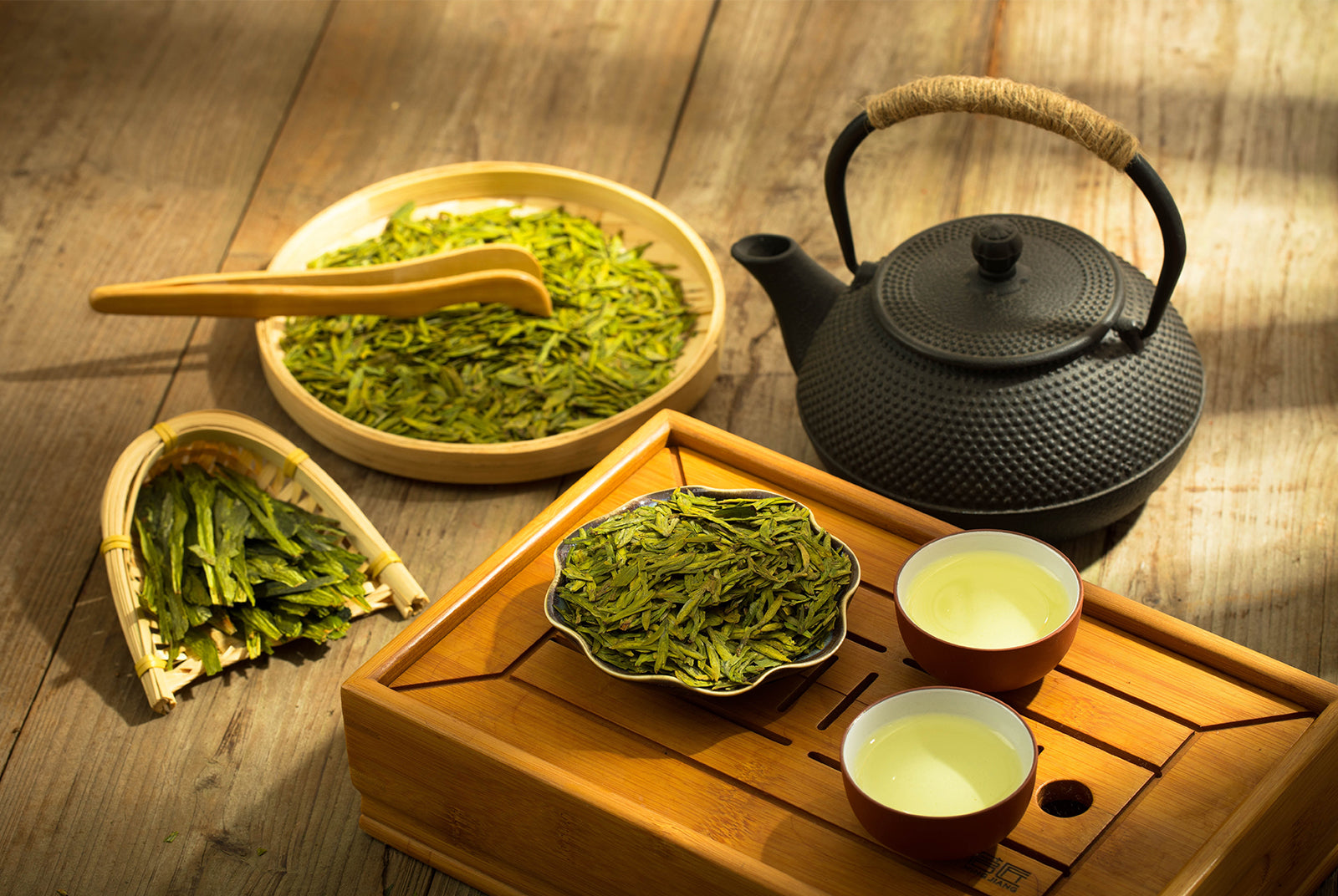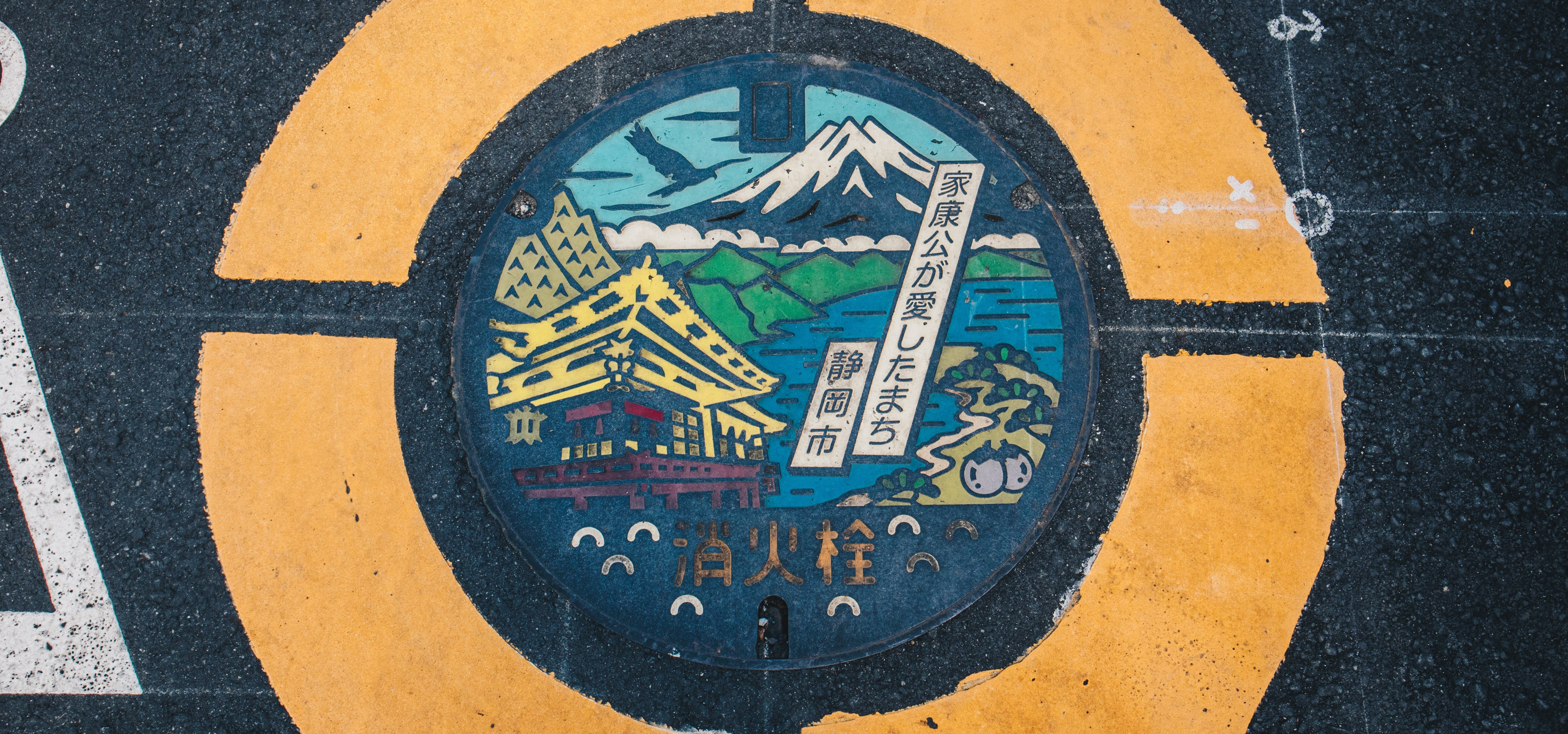
15 CURIOSITIES ABOUT THE THOUSAND-YEAR-OLD JAPANESE TRADITION OF TEA
Tea (茶cha) is a fundamental element of Japanese culture, so much so that it deserves an entirely dedicated ceremony : consumed daily in Japan, over time it has also become famous in the rest of the world, thanks to its nutritional properties and its refreshing taste. Today we're talking to you about the 15 things you absolutely need to know to start your journey to discover this drink!


3. Drink tea. Even in this case there are some precautions to follow. It is necessary to hold the cup with both hands, both for good manners and for convenience: traditional cups usually do not have handles, the yunomi must therefore be grasped with the right hand, while the left holds it from below. It is important not to make noise while drinking, it is considered a sign of rudeness.
 Serving tea ©五玄土ORIENTO via Unsplash
Serving tea ©五玄土ORIENTO via Unsplash
 Matcha tea preparation bowl © Matcha & CO via Unsplash
Matcha tea preparation bowl © Matcha & CO via Unsplash
 The art of kintsugi © Riho Kitagawa via Unsplash
The art of kintsugi © Riho Kitagawa via Unsplash8.The geisha in the tea ritual. In the past, the geisha was considered an artist who had the task of entertaining guests during tea ceremonies through dances and songs. Today, this figure is still present in some tea houses, such as Maikoya in Kyoto, to provide an unmissable cultural experience.
 Geishas during the tea ceremony © Wang Xi via Unsplash
Geishas during the tea ceremony © Wang Xi via Unsplash9. Myths and legends. Tea was introduced to Japan between the 8th and 9th centuries. According to legend, it was the Buddhist monk Bodhidarma (to whom an extravagant doll that we told you about here is also dedicated) who gave rise to the plant. After falling asleep during meditation, he decided to tear off his eyelids so it wouldn't happen again: it was precisely when his eyelids touched the ground that the tea plant was born!
10. Kuchikiri no Gi ceremony. It is the ceremony dedicated to matcha tea, celebrated every first Sunday of October, during which special jars are opened, containing aged tencha tea leaves which, if crushed, give rise to matcha. Tea is offered to those present and symbolically also to the ancestors, to show respect and gratitude. 
11. Gifts for special occasions. The Japanese usually give green tea as gifts on special occasions. The reason is purely symbolic: green tea symbolizes good health and longevity; furthermore, tea plants are very resistant and it is thought that these qualities are transferred into the drink and therefore absorbed by those who use it.
12. Green Tea Day. The Japanese passion for green tea culminates in Green Tea Day, which is celebrated in Japan on the 88th day after risshun , the first day of spring. This day also marks the start of the new harvest season: it is believed that those who can drink the teas of the first harvest will enjoy good health for the entire year! 
14.The uses of green tea. The uses of green tea are many. It is often used as a water substitute or used in food production: it is very common for tea houses or bars to offer tea snacks, such as mochi filled with green tea or tasty dorayaki with matcha tea dough. When used as a drink it is often served plain, so as not to alter its original taste.
 Preparing traditional green tea mochi © Amanda Lim via Unsplash
Preparing traditional green tea mochi © Amanda Lim via Unsplash


